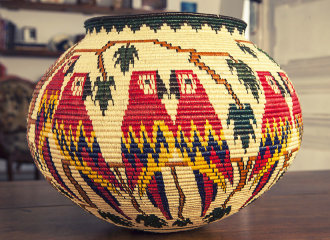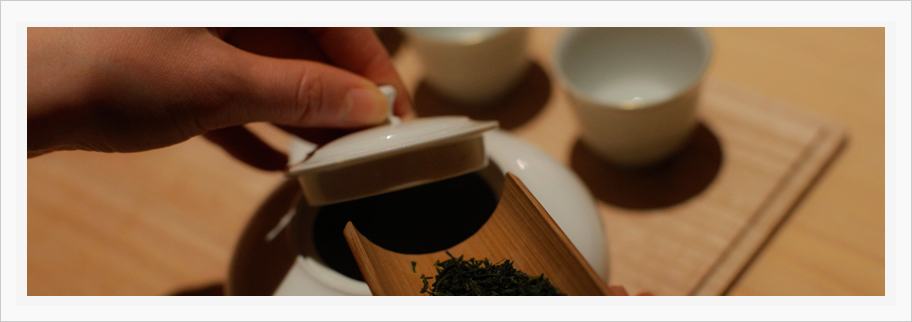
- COLLECTIONS
- VALUES
- Values
- See also
- Follow Us
- THE CIRCLE
- THE JOURNAL

Often we find a particularly beautiful part of the Japanese culture without being able to pinpoint the underlying reason for this beauty. This is certainly due to the very specific origin of beauty in Japan, understood as an emanation of nature, inextricably linked to our ability to cherish it and thank it ; While in the West appreciation of beauty is often based on the admiration one has for a creative individual, technique and vision.

Miwa Club strives to discover and understand Japanese sensibility, which expresses itself in all its complexity through the notion of Honmono, authentic beauty. It is not an objective but a subjective knowing how to feel and share the sense of time and space. Miwa teaches its members how to decode and feel Japanese aesthetics in all their strength.
For this reason, Miwa Club organizes seminars held by leading Japanese masters ; Offers unique ceremonies such as the tea ceremony and the Origata ceremony in the most absolute respect for time-honored traditions and offers its members an exceptional place in the heart of Saint-Germain-des-Prés, the Miwa Pavilion.
Honmono is a product that gives an impression of authenticity, historical and technical depth and sincerity on the part of all those involved in its creative process.
Honmono also creates a sense of connection to a community of tastes gathering people who enjoy the product, and those people behind its creation. This community is bound by the sensation of being part of a long historical chain of people who enjoy the pleasure of advanced skills from generation to generation.
The Miwa Pavilion is built entirely of Hinoki, a sacred grove growing in Japan only, and reserved for the construction of temples and respected places. The Miwa Pavilion is the only sacred place in Japanese terms found outside of Japan. Our ceremonies are held on a countertop made from a single piece of a Hinoki dating back over 300 years.
The Pavilion was created by Japanese craftsmen, known as SUKIYA DAIKU, specialists in the construction of temples and places of ceremonies such as tea houses, especially in Tokyo. Prior to the start of construction, a Shinto priest from the over 2000 year old Omiwa shrine, the oldest shrine in Japan, came to Japan to celebrate a blessing ritual. He thanked the location, purified it, then sanctified it and prayed for the happiness and prosperity of the people responsible for the work.
It is a ritual practiced for hundreds of years in places reserved for origata. In the imperial family this place was called Kidono, and Orikamigata in the family of the Shogun. The Miwa pavilion is part of this tradition.
|
Club Miwa |
Members only from monday to saturday, 11AM to 7PM +33 (0)1 46 33 00 33 info@miwa.net |
Provide craftspeople the opportunity to promote their exceptional expertise. Harbor people and companies that appreciate this art at its true extent. Keep the memory of the history, the materials, and the methods. Restore the product to its status of singularity and uniqueness. Catalyze, promote and ensure the sustainability of this Heritage of Humanity.